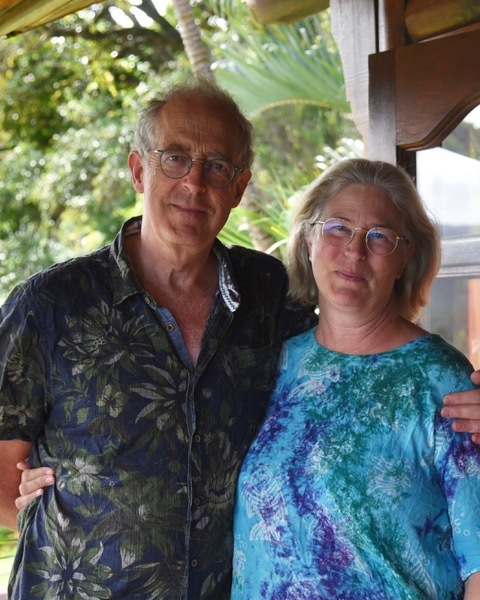Two Trinis come home to Tobago

Two Trinidadians share their experiences of Tobago when they return to the land of their birth after two years Julie Baker was born and grew up in Pointe-à-Pierre. She worked at Amnesty International Secretariat in London. After her children were born, she became a primary school teacher, and retired in 2019 after nearly 30 years. She is now married to Tim Baker-Bartholomew, an actor and writer, with three boys of his own. With grown up children, their shared interests are birding and gardening. Julie is a stained-glass artist. She is the daughter of Richard ffrench (A Guide to the Birds of Trinidad and Tobago.) Tobago is my happy place. I got married on Stonehaven beach in 2008, and Tim and I have been back nearly every year since then, until the pandemic hit. Tobago is where we came during school holidays, often staying at the Turpin’s beach houses in Charlotteville. I have wonderful memories of family time, swimming and ...



